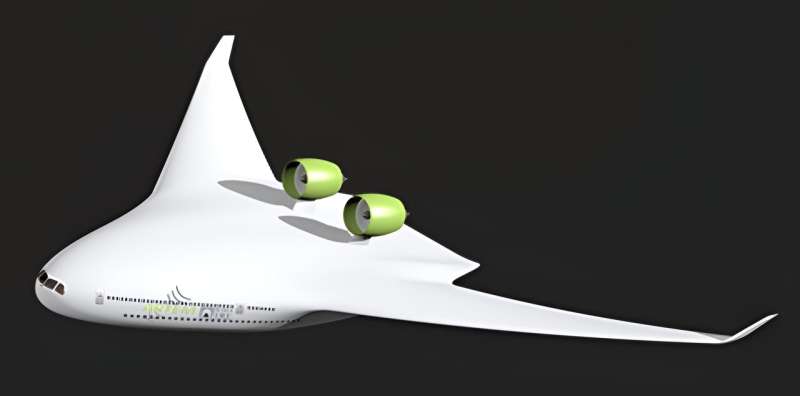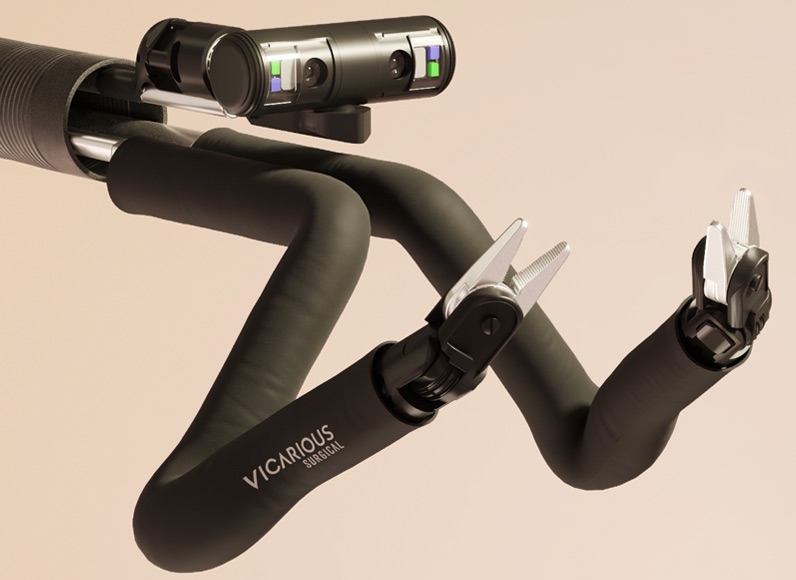Imagine walking through a strawberry farm and seeing robots carefully picking ripe berries alongside human workers. This scene is becoming reality thanks to new technology from Japan.
Researchers at Osaka Metropolitan University (OMU) have created a special farming robot—called an "agrobot"—that can harvest strawberries all by itself. The robot uses advanced sensors to find and pick only the ripest strawberries, helping farmers who are struggling to find enough workers.
How Does the Robot Work?
The agrobot uses a technology called "lidar"—the same system that helps self-driving cars "see" the world around them. This allows the robot to:
- Move independently around strawberry fields
- Navigate rough, uneven ground safely
- Find ripe strawberries with high precision
- Harvest berries without damaging them
What makes this robot especially useful is that farmers don't need to change their greenhouses or growing methods. The robot adapts to existing farms rather than requiring expensive modifications.
More Than Just Strawberry Picking
While strawberry harvesting is the current focus, the OMU research team has big plans for their agrobots. They're working to teach the machines to:
- Monitor crop health
- Identify diseased plants
- Prune branches and stems
- Apply fertilizer precisely
- Control irrigation systems
"These robots could transform how we grow food," explains Dr. Naomi Tanaka, an agricultural technology expert not involved in the project. "By handling repetitive tasks that require precision, they free up human workers for jobs that need more complex thinking and decision-making."
Solving a Growing Problem
Many developed countries face serious farm labor shortages. As rural populations age and younger people move to cities, farms struggle to find enough workers during harvest seasons.
"We're seeing farms leave crops unharvested because they simply don't have the people to pick them," says Hiroshi Yamamoto, a Japanese agricultural policy researcher. "These robots could help ensure food doesn't go to waste."
Beyond solving labor issues, the widespread use of such robots could bring other benefits:
- More efficient use of farmland
- Reduced chemical use through precise application
- Lower food costs for consumers
- More consistent quality in harvested produce
The OMU team continues to improve their agrobot, with plans to test it in commercial strawberry operations later this year before expanding to other crops.
As these technologies develop, the face of farming may change dramatically—with robots and humans working side by side to feed our growing world population.


















